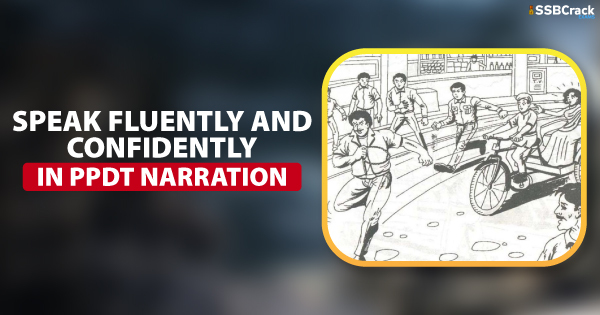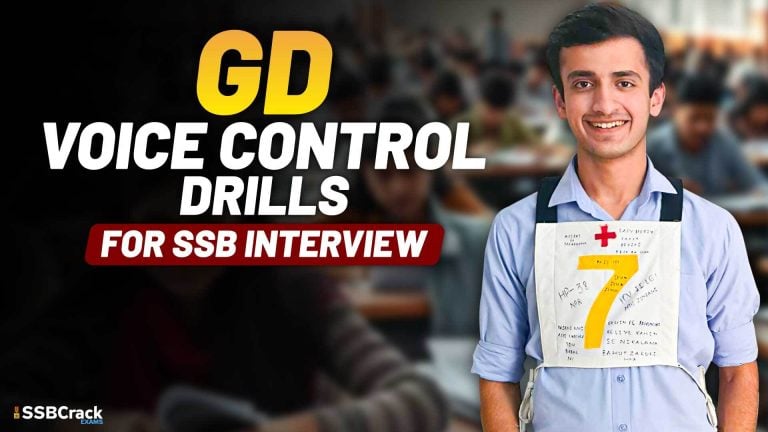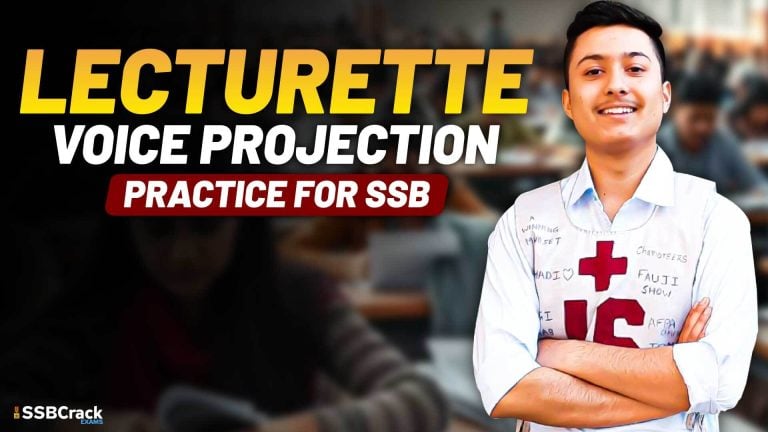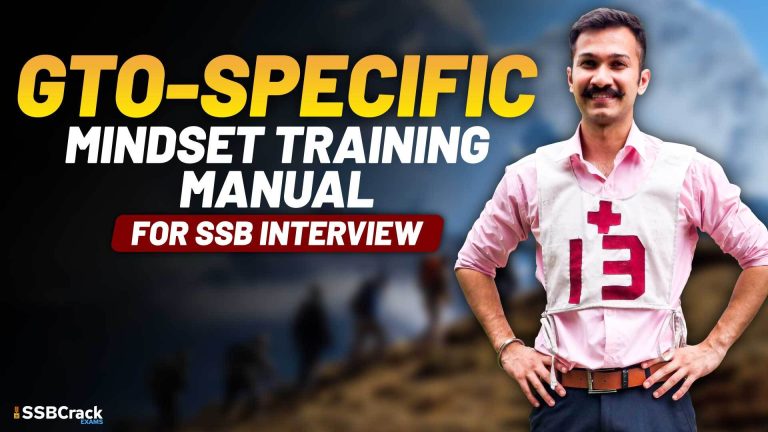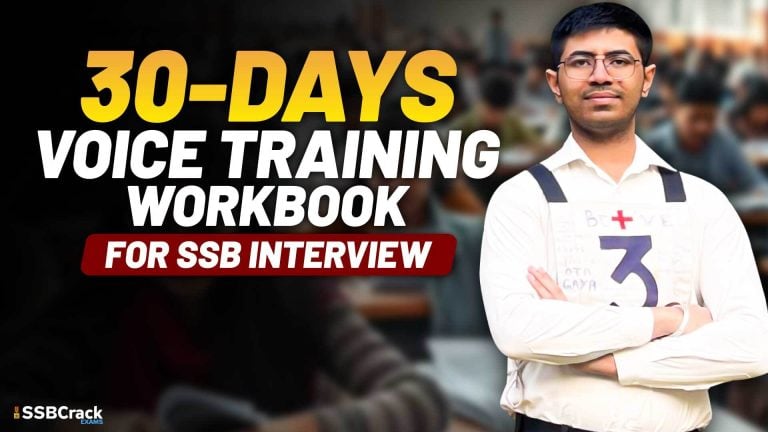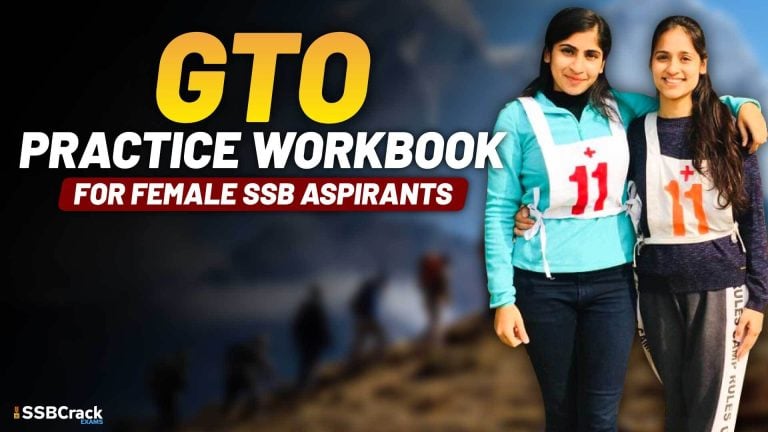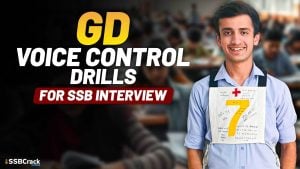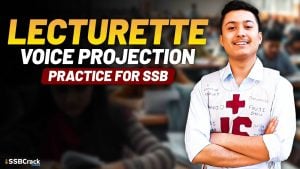Picture Perception and Description Test (PPDT) is conducted on day-1 as the second test of the Stage-I screening series. It comprises of story writing, narration and group discussion. The narration is equally as important as story writing and GD. And most of us report that delivering a speech or speaking in public is our greatest fear. And yet the ability to speak in public is one of the most valued skills today.
If you break out in a cold sweat or even feel butterflies when you think about speaking in front of others or interview, you are not alone. Fear of public speaking is estimated to affect 75 percent of adults. Rethinking the way we perceive stress may actually improve our physical and mental performance. It may be easier to give in to our fears, but we will accomplish much more in life and feel a greater sense of pride for facing them. For some people, with just a little effort they have the ability to conquer these fears. For others, it takes a lot more work and some tips or tools for masking these mental pressures.
Also Read: 15 Ways To Control Nervousness Before PPDT (Picture Perception And Description Test)
Try these 11 tips to get over your nervousness and speak fluently and confidently.
1. Admit nervousness: Even experienced speakers get nervous. Don’t try to eliminate your jitters. Turn them into energy you can use to boost your delivery. PPDT narration is just a 1-minute affair, you can easily pull it off.
2. Prepare: After the picture perception test, avoid wasting time and practice narrating the story to yourself beforehand. This boosts your self-confidence and you tend to perform better.
3. Breathe: In the thirty seconds before you begin speaking, take three slow, deep breaths through your nose, filling your belly. As you breathe out, say silently to yourself, “Relax.”
4. Remember: Know what you are going to say and why you want to say it. Remember your story well. At times, a candidate narrates something that is nowhere related to the story he wrote. So, remember your story and revolve your narration around the story only.
5. Rehearse: If you have time before the narration and GD then just walk around and practice out loud for at least 5-6 times. Don’t memorize your story or practice it word for word. Talk it through, point by point. Imagine you’re explaining it to a friend.
6. Connect with your audience: Make the audience your allies. Talk to the other candidates before your narration to get to know them. Look them in the eye as you speak to them, one person at a time. When your audience sides with you, your job as a narrator becomes easier.
7. Focus on your audience: Stage fright is rooted in self-preoccupation. (“How am I doing?” ,“Am I making any sense?”) Stop focusing on yourself. Focus, instead, on your audience. (If they are able to understand what you speak, whether they are connecting with your narration or not).
8. Simplify: Most candidates try to do too much in a narration. Then they worry about leaving something out or losing their train of thought. Aim, instead, to communicate only the story. Keep it short and simple. Don’t go for quantity, manage the quality of your narration. Use simple words but deliver an influential story.
9. Visualize success: Practice relaxation techniques in the days before your SSB. Lie down or sit comfortably in a quiet place. Breathe slowly. Close your eyes. Imagine your upcoming speaking engagement. Picture yourself speaking with confidence.
10. Act confident: The other candidates or people out there won’t see how nervous you are. They can’t tell if your palms are sweating or your knees are knocking or your heart is pounding. So don’t tell them. Smile. Stick your chest out. Look confident, even if you don’t feel it.
11. Practice: Practice a lot. Try practicing narration at home in front of the mirror and note minor details like posture, body language, and gestures.
Good Luck!
To crack the SSB Interview, You can join our SSB interview live classes batch and we recommend you to Enroll SSB INTERVIEW ONLINE COURSE. Trusted by thousands of defence aspirants.
ALSO READ:
